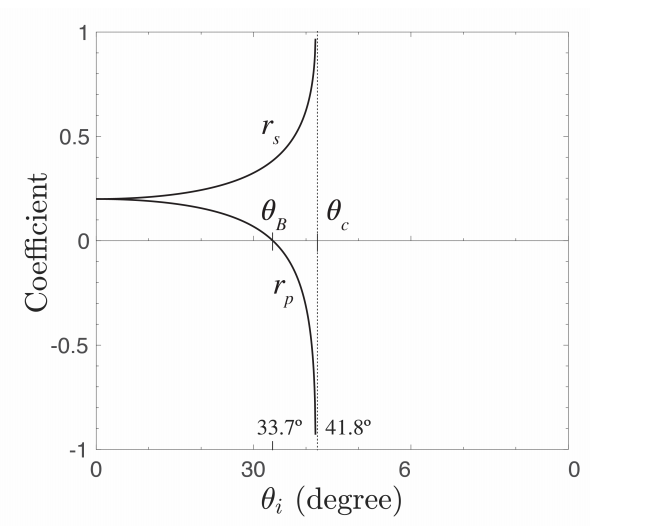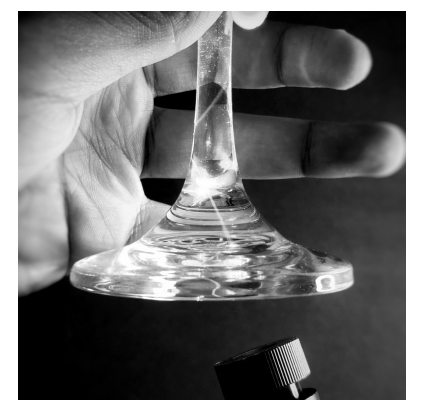1.11: Fiber Optics
( \newcommand{\kernel}{\mathrm{null}\,}\)
By using the phenomenon of total internal reflection, light can be transported over long distances without reduction of the energy density due to divergence of the beam. The principle has been known for a long time, but the topic was greatly boosted by the invention of the laser.
Consider a straight glass cylinder of refractive index ni , surrounded by air with refractive index nt = 1. The core of the cylinder has a cross section approximately the size of a human hair and hence, although quite small, it is still many optical wavelengths thick. This implies that when light strikes the cylindrical surface, we can locally consider the cylinder as a flat surface. By focusing a laser beam at the entrance plane of the fiber, light can be coupled into the fiber. The part of the light inside the fiber that strikes the cylinder surface at an angle with the normal that is larger than the critical angle of total reflection will be totally reflected. As it hits the opposite side of the cylinder surface, it will again be totally reflected and so on (Figure 1.11.2 left).
Since visible light has such high frequencies (order 1015 Hz), roughly a hundred thousand times more information can be carried through a fiber than at microwave frequencies. Today fibers with very low losses are fabricated so that signals can be sent around the earth with hardly any attenuation. Abraham van Heel, professor of optics at Delft University of Technology, showed for the first time in a paper published in Nature in 1954 that by packing thousands of fibers into a cable, images can be transferred, even if the bundle is bent (Figure 1.11.2 right).
Fibers can also be used to transmit and combine the light of many Diode laser in order to provide locally large amount of energy This can be used for cutting metals for example.
1. MIT OCW - Single Mode Fiber: Demonstration of a single-mode fiber.
2. MIT OCW - Multi-mode Fiber: Demonstration of a multimode fiber.




